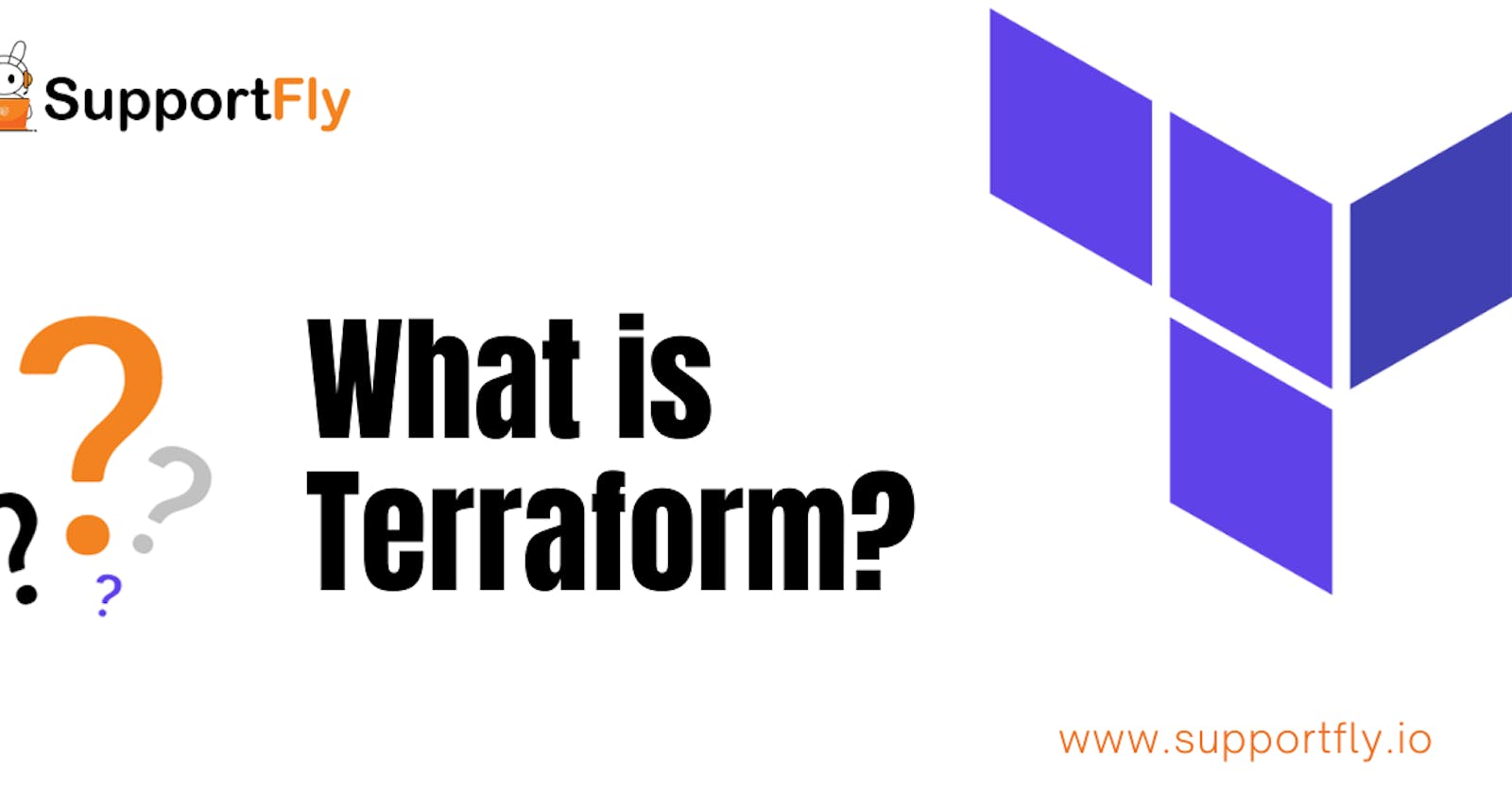Making sure computer systems work well and can grow when needed is really important. That's where Terraform comes in – it's a powerful tool that helps with this, developed by HashiCorp. In this blog, we're going to take a close look at Terraform. We'll break down what it does, how it's used, and why it's so important for managing computer systems.
What is Terraform?
Terraform, an open-source IaC tool, empowers users to define and provision infrastructure through declarative configuration files. It revolutionizes the traditional manual approach to infrastructure management by providing a unified and automated solution.
What is Terraform used for?
Terraform serves as a versatile tool for managing a variety of infrastructure components, including but not limited to:
Cloud resources (AWS, Azure, Google Cloud, etc.)
Virtual machines
Networking components
Storage solutions
DNS entries
And more
How does Terraform work?
Declarative Configuration:
Terraform uses a language called HashiCorp Configuration Language (HCL), which is easy for people to read. With this language, users can simply say what they want their computer systems to look like. They don't have to worry about the details of how to make it happen – just describe what they want.
Providers and Resources:
Terraform works with different companies that provide computing services (like Amazon, Microsoft, or Google). These are called providers. Users tell Terraform what they want to create, like computers or networks, using resources in Terraform files. These resources are like the building blocks of the computer system they want.
State Management:
Terraform keeps track of what the computer system looks like right now in a file called "state." This file is super important because it helps Terraform understand what's already set up. It looks at this file to figure out what needs to change to match what the user wants. This way, it can make changes quickly and accurately.
Execution Plan:
Before making any changes, Terraform plans out what it's going to do. It writes down all the steps it will take to make the computer system match what the user described. This plan is like a map that shows exactly what changes will be made. Users can look at this plan to make sure everything is correct before Terraform makes any changes.
Benefits of Terraform:
Infrastructure as Code (IaC):
Terraform makes things simpler by using a concept called Infrastructure as Code. This means users can write down exactly how they want their computer systems to be set up. It's like creating a recipe for a computer. This way, it's easy to keep track of changes, work together with others, and do things the same way every time.
Multi-Cloud Management:
Terraform is like a superhero for managing computer resources. It can work with many different companies that provide computing services, not just one. This is great for companies that use different cloud platforms. With Terraform, they can manage everything from one place, making things much easier.
Scalability and Efficiency:
Terraform is like a helper that can do things automatically, making it easier to set up and manage big computer systems. It's like having a robot friend that can make more robots whenever we need them. This helps things run smoothly and saves a lot of time and effort.
Versioning and Collaboration:
Terraform lets users keep track of changes they make to their computer setups. It's like having a history book for computers. This makes it easy for teams to work together because everyone knows what's happening. If something goes wrong, Terraform can even go back to a previous version, like undoing a mistake in a drawing. It's like a safety net for computers
Why Infrastructure as Code?
Automation and Standardization:
Imagine having a helper that does things automatically for you. That's what IaC does – it makes managing computer systems easier by doing some tasks on its own. This way, things are done the same way every time, like following a recipe. It helps avoid mistakes and makes sure everything is set up just right.
Flexibility and Adaptability:
IaC is like having a magic wand for computers. It lets organizations change things quickly when they need to. By writing down how the computer systems should be set up (like in a code), it becomes easy to make adjustments fast and in a consistent way. It's perfect for keeping up with new ideas and changes.
Collaboration and Knowledge Sharing:
IaC is like a common language that everyone in a team can understand. It helps people work together by describing how the computer systems should be. This way, everyone knows what's happening, and there are no secrets. It's like sharing a recipe so everyone can cook together and create something amazing.
Conclusion
Terraform stands out as a fundamental element in the continually changing field of managing computer systems. Its capability to offer an organized, expandable, and automated method for creating and managing computer setups makes it an essential tool for DevOps professionals, system administrators, and organizations dealing with the intricacies of modern IT environments.
By adopting Terraform and the principles of Infrastructure as Code (IaC), businesses can access higher levels of efficiency, flexibility, and teamwork, marking the start of a revolutionary period in infrastructure management. Whether you are starting your journey in IaC or have extensive experience, Terraform is prepared to support and enhance your goals in managing computer systems.
